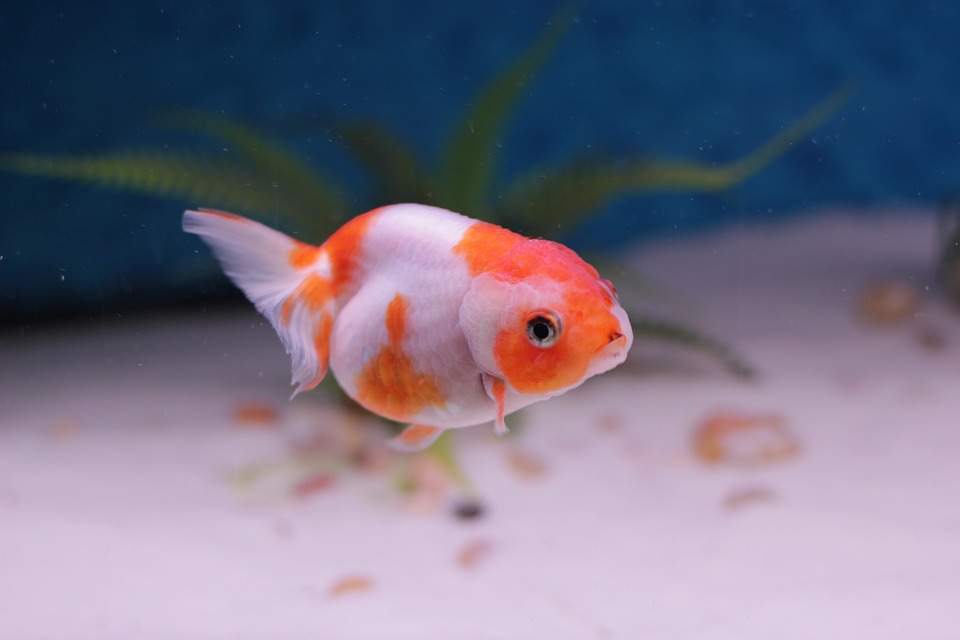Keeping fish as pets can be a rewarding experience, but just like any other pet, they are susceptible to various diseases. The key to ensuring the longevity and well-being of your aquatic companions lies in disease prevention and providing them with a healthy environment. In this article, we will explore the essential guide to disease-resistant fish tank equipment, highlighting the importance of proper equipment and maintenance practices.
Understanding the Importance of Disease-Resistant Fish Tank Equipment
The Role of Equipment in Fish Health
Proper fish tank equipment plays a vital role in maintaining the health of your aquatic pets. Filtration systems, water testing kits, lighting systems, and temperature control devices all contribute to creating a stable and disease-resistant environment for your fish.
The Consequences of Neglecting Proper Equipment
Neglecting proper equipment can lead to a host of problems for your fish. Poor filtration can result in harmful levels of ammonia and nitrate, leading to stress and disease. Inadequate lighting can disrupt the fish’s natural behavior and affect their immune system. Inconsistent temperature control can cause stress and make fish more susceptible to infections.
Benefits of Disease-Resistant Equipment
Investing in disease-resistant equipment has several benefits. It helps maintain optimal water quality, reduces the risk of disease outbreaks, and improves the overall health and well-being of your fish. Disease-resistant equipment is designed to provide a stable and safe environment, minimizing the need for constant intervention and treatment.
Disease-Resistant Fish Tank Equipment: Must-Have Tools for Healthy Fish
High-Quality Filtration Systems
A filtration system is crucial for removing toxins, debris, and waste from the water. There are different types of filtration systems, including mechanical, chemical, and biological filtration. Choosing the right filtration system for your tank depends on factors such as tank size, fish species, and waste production.
Reliable Water Testing Kits
Regular water testing is essential for monitoring key parameters such as pH, ammonia, nitrite, and nitrate levels. Water testing kits provide accurate and reliable results, allowing you to make necessary adjustments to maintain optimal water conditions for your fish.
Efficient Lighting Systems
Lighting plays a crucial role in the health and behavior of fish. It affects their feeding patterns, growth, and overall well-being. Choosing the right lighting system for your tank depends on the type of fish you have and the plants or corals in the tank.
Temperature Control Devices
Maintaining a stable water temperature is vital for the health of your fish. Temperature control devices such as heaters and chillers help regulate the water temperature and prevent drastic fluctuations, which can stress and harm your fish.
Disease-Prevention Strategies: Maintenance and Best Practices
Regular Tank Cleaning
Regular tank cleaning is essential for removing debris, uneaten food, and waste from the tank. Clean water promotes fish health and reduces the risk of diseases. A step-by-step cleaning guide should include water changes, gravel vacuuming, and cleaning of decorations and filters.
Proper Diet and Feeding Practices
Balanced nutrition is crucial for the health of your fish. Providing a varied diet that meets their specific dietary requirements helps boost their immune system and overall health. Feeding practices should include portion control and avoiding overfeeding, which can lead to water quality issues.
Quarantine Tanks: A Safety Net for New Additions
Quarantine tanks are separate tanks used to isolate new fish or sick fish from the main tank. They allow for observation and treatment without risking the health of other fish in the tank. Quarantine tanks should be properly set up and maintained to ensure their effectiveness.
Conclusion
Investing in disease-resistant fish tank equipment and following proper maintenance practices is crucial for promoting the health and well-being of your aquatic pets. By providing a clean and stable environment, you can minimize the risk of diseases, ensuring your fish live long and thrive. Remember to choose high-quality equipment, monitor water parameters regularly, and implement preventive measures to keep your fish healthy and disease-free.









